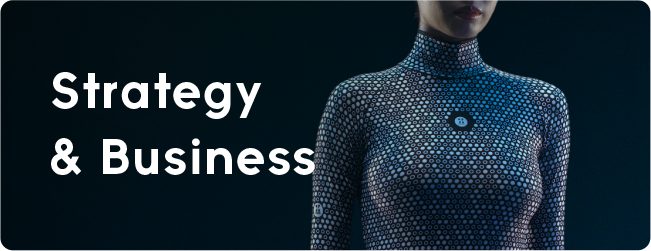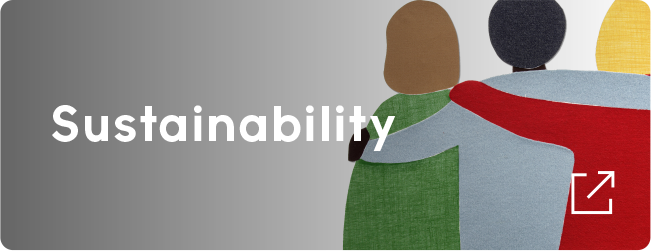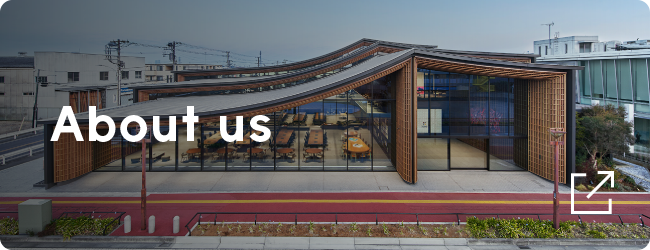- EN
- JP
Basic Policy
Social
Environment
© ZOZO, Inc. ALL RIGHTS RESERVED.
Setting ideals is the starting point.
The vision of ZOZO and “UNITED ARROWS” for a sustainable fashion industry
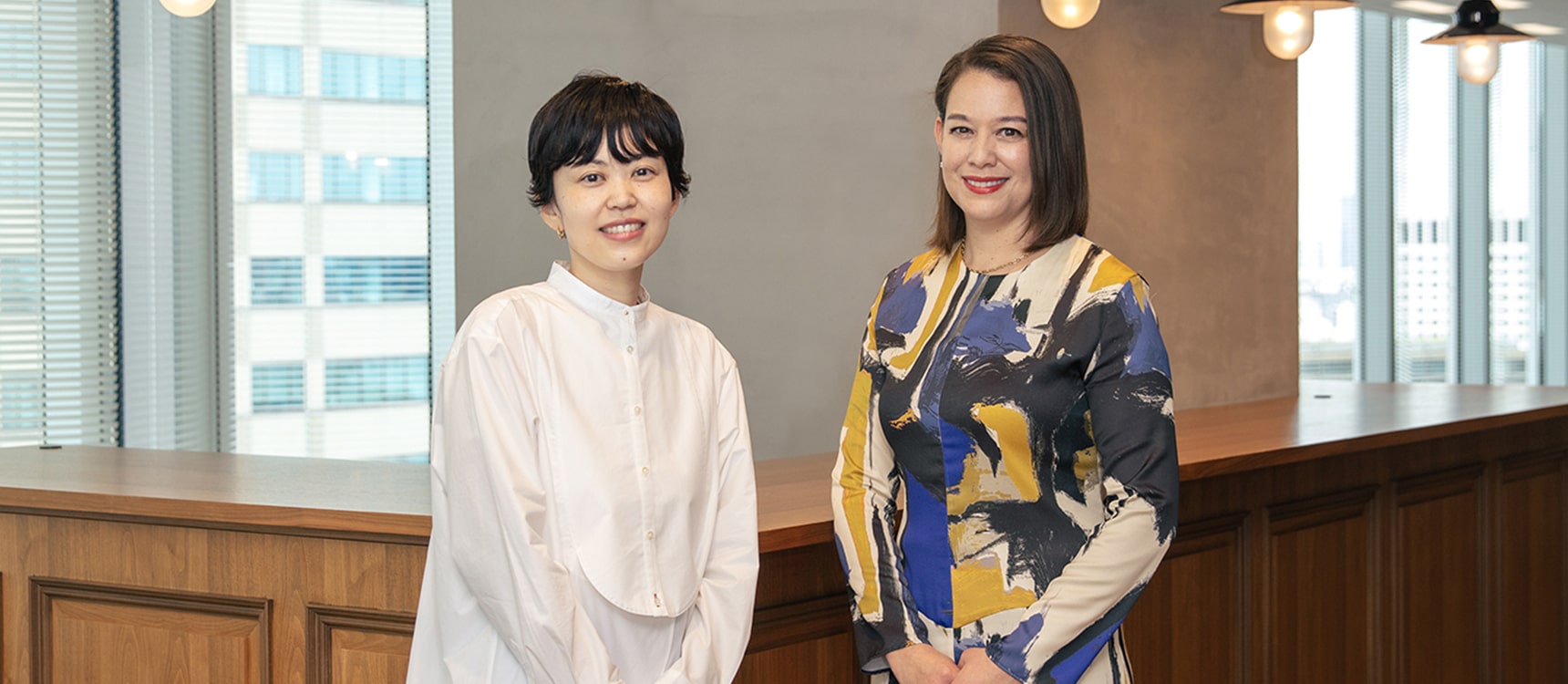
Department Manager
Sustainability Dept.,
Corporate strategy Div.
UNITED ARROWS
TAMAI
Nao

Executive Officer
Sales Division, EC Promotion Division
ZOZO
Christine EDMAN
With “Fashion Connects and Leads us to a Sustainable Future.” as its sustainability statement, ZOZO aims to create a world where people can continue to enjoy fashion forever. One of our key actions is: “Highlight sustainable fashion choices to improve usersʼ experience.”
“UNITED ARROWS” aligned with the vision of creating a sustainable society, has set the goal of “Increasing the percentage of environmentally conscious products to 50% by 2030.”
As the fashion industry faces various challenges, what kind of initiatives are necessary for its transformation?
Through a dialogue between Christine EDMAN, Executive Officer of ZOZO, and TAMAI Nao, Department Manager, Department., Corporate strategy Division at UNITED ARROWS, we will consider the future of the fashion industry.
The Challenge of “Transparency” in the Fashion Industry
— As the fashion industry aims to achieve a sustainable society, what challenges does it face?
Tamai : The fashion industry grapples with numerous challenges. However, ultimately, when we track the root causes of these unresolved issues, they often lead to a lack of “transparency.”
When customers purchase products from physical stores or online platforms, it is difficult to imagine the exact materials used or the individuals involved in the production process, let alone the environmental conditions under which they were made. As a result, even if customers wish to choose sustainable products, they may feel limited in their options due to the lack of information on which to base their decisions.
For instance, in our clothing, common materials such as cotton, wool, and polyester undergo complex production processes, resulting in environmental impacts such as CO2 emissions, water usage, and soil degradation.
Understanding the environmental footprint of each clothes' lifecycle could lead to different consumer behaviors, such as making more informed choices about the clothes they purchase and cherishing previously bought items instead of buying new ones each season.
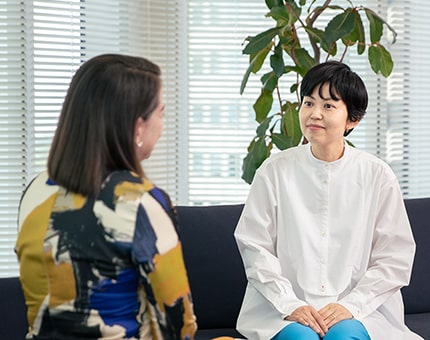
Christine : The movement towards transparency in the production process, which has become a black box, is more advanced in foreign countries than in Japan.
For example, in March 2022, the EU announced the “Ecodesign for Sustainable Products Regulations,” which mandates the use of “Digital Product Passport” for products, ensuring reliable access to information on the sustainability and circularity of the products. They have established indicators to demonstrate the environmental consideration of products and refrain from using the term “Eco” casually without substantiated disclosure.
However, such regulations do not exist in Japan. To enable customers to make informed purchases by understanding the background of the products, it is our responsibility as companies to take the lead in implementing necessary actions.
From “Credit” to the Era of “Story”
— Even if one is interested in sustainability, it may not be easy to change one's lifestyle in today's world, where wearing fast fashion has become the norm.
Christine : Indeed, sustainable items can often be more expensive at this point, making it challenging to change lifestyles easily. However, among the younger generation known as Generation Z, vintage and second-hand items have become popular. They express their individuality by wearing items that reflect their own style.
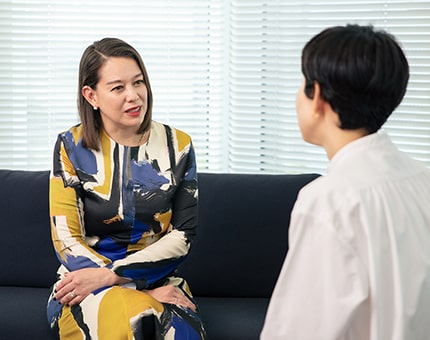
By further amplifying these trends, we can contribute to a sustainable society without even consciously focusing on sustainability.
ZOZO opened the “ZOZOUSED” online secondhand/vintage clothing fashion zone in the ZOZOTOWN in November 2012. By providing the option of “buying online secondhand/vintage clothing,” our customers have been contributing to a sustainable society unconsciously.
Tamai : I believe it is essential to create an environment where customers can take sustainable fashion into their lifestyles without even being consciously aware of it. Simply raising the voice of “Let's embrace sustainable fashion” all of a sudden might lead to confusion. However, if we hope to see a broader range of customer actions, it would be beneficial to clearly communicate the value of sustainability.

Currently, we operate our own media called “Hito to Mono to Utsuwa,”where we aim to provide customers with options to choose environmentally considerate products. While introducing the items we offer, we focus not on the front side, such as pricing and brand credit, but on conveying the stories and feelings related to the items—the B-side, so to speak.
Christine : Providing a thorough understanding of the background of environmentally considerate products could indeed encourage customers to change their actions.
Realizing the Desired Future: Starting with Setting Ideals
— “UNITED ARROWS” has set an ambitious goal of making environmentally conscious products account for 50% of their product lineup by 2030.
Tamai : Currently, the proportion of environmentally conscious products is only 2%. We are fully aware that raising this figure to 50% is an incredibly challenging and difficult task.
However, the world we want to achieve requires such efforts. Thus, we set the goal of “50%” as a starting point, aiming to realize our ideals.
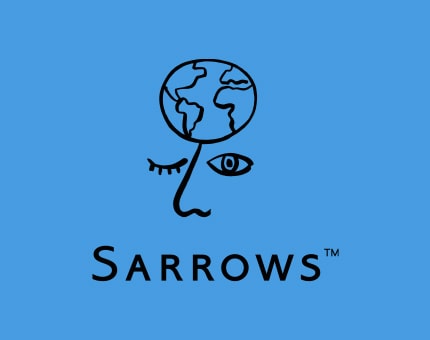
United Arrows' Sustainability Initiative “SARROWS”
Though we still have a long way to go, setting a clear direction has already started to change the awareness among our employees. We have established multiple goals for 2030 and intend to work together as a whole organization towards achieving them.
Yet, we recognize that accomplishing these goals is not something we can do alone. We also seek the cooperation of our business partners and ZOZO, who handles our products, in order to achieve the goals we have set forth.
Christine : At ZOZO, we’re eager to support brands through technology centered around AI. With over 11 million users annually on ZOZOTOWN, we can predict demand from customer purchase history, which will eventually allow us to control production volume. This, in turn, can significantly reduce product waste.

Furthermore, on ZOZOTOWN's information content platform “elove by ZOZO,” we also showcase brands' sustainable initiatives and products.
As a platform, our role is to support brands through the synergy of information and technology while delivering choices to customers. Together, let's continue to create a sustainable future from within the fashion industry.
Tamai : ZOZO is a truly reassuring partner for us. We have great expectations for their technological prowess.
Our company, too, is fully committed to achieving our immediate goals, putting all of our energy into them. Ultimately, we aspire to become an inspiration within the fashion industry.

